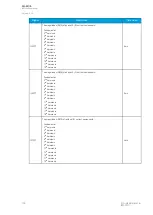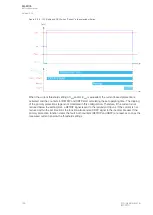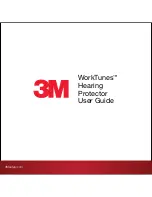
The function can operate on instant or time-delayed mode. Either START or TRIP signal can be used
when the instant mode is selected to block other protection stages. In time-delayed mode the
operation can be selected between definite time (DT) mode and inverse definite minimum time (IDMT)
mode. The START signal can be used to block other stages; if the situation lasts longer, the TRIP signal
can be used on other actions as time-delayed.The IDMT operation supports both IEC and ANSI
standard time delays as well as custom parameters.
The operational logic consists of the following:
• input magnitude selection
• input magnitude processing
• saturation check
• threshold comparator
• block signal check
• time delay characteristics
• output processing.
The basic design of the protection function is the three-pole operation.
The inputs of the function are the following:
• operating mode selections
• setting parameters
• digital inputs and logic signals
• measured and pre-processed current magnitudes.
The function outputs the START, TRIP and BLOCKED signals which can be used for direct I/O
controlling and user logic programming. The function generates general time-stamped ON/OFF events
to the common event buffer from each of the three (3) output signals. In the instant operating mode the
function outputs START and TRIP events simultaneously with an equivalent time stamp. The time stamp
resolution is 1 ms. The function also provides a resettable cumulative counter for the START, TRIP and
BLOCKED events.
The following figure presents a simplified function block diagram of the non-directional harmonic
overcurrent function.
A
AQ
Q-F205
-F205
Instruction manual
Version: 2.04
136
© Arcteq Relays Ltd
IM00013
Summary of Contents for AQ F205
Page 1: ...AQ F205 Feeder protection IED Instruction manual ...
Page 2: ......














































